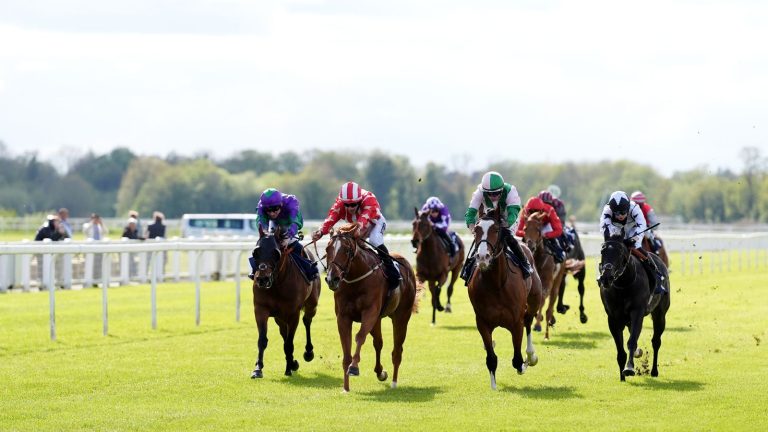-
A buy-and-hold strategy can be a great way to grow your portfolio while also avoiding the temptation to chase trends and risky stocks.
-
The S&P 500 is at record highs, and while it has historically averaged double-digit returns, investors may want to brace for the possibility of lower returns in the future.
-
If you don’t think you’re on track to meet your investing goals, you may want to consider investing more money or focusing on growth stocks.
For not only years, but decades, tracking the S&P 500 has been a reliable way to generate significant stock gains. Since the index tracks the best stocks on the U.S. markets, it offers a great low-risk way to ensure you’re positioned for long-term growth.
But what if you invested a lump sum of $25,000 into an exchange-traded fund (ETF) that tracks the S&P 500, such as the SPDR S&P 500 ETF (NYSEMKT: SPY), and simply held on for 25 years? Could that be enough to make you wealthy and allow you to retire comfortably? Let’s take a look.
A buy-and-hold strategy can be a good way to ensure your portfolio rises in value. Sometimes, just leaving your portfolio alone can be the best thing you can do for your future. The temptation to chase the latest trends or hot stocks can end up doing more harm than good and derail your investment goals and objectives.
If you have a diverse portfolio or if you are invested in the SPDR S&P 500 ETF, a set-it-and-forget-it approach can be a great one to consider deploying. Over time, your investment should rise in value, though there’s no guarantee stocks will rise or be up when you need the money. The variable that can have the most significant effect on your overall returns is unfortunately the one that is also nearly impossible to predict: your average annual return.
And with the S&P 500 around all-time highs right now, it may be wise to assume that its average returns from here on out may trend a bit lower than its historical average of around 10%. Here’s how a $25,000 investment in the SPDR S&P 500 ETF might look like after a period of 25 years, if the average annual return is between 7% and 9%.
|
Year |
7% Growth |
8% Growth |
9% Growth |
|---|---|---|---|
|
5 |
$35,064 |
$36,733 |
$38,466 |
|
10 |
$49,179 |
$53,973 |
$59,184 |
|
15 |
$68,976 |
$79,304 |
$91,062 |
|
20 |
$96,742 |
$116,524 |
$140,110 |
|
25 |
$135,686 |
$171,212 |
$215,577 |
Calculations and table by author.
A $25,000 investment would grow significantly over the years under this scenario, but with potentially below-average returns, you’re not likely to end up with a boatload of money to consider yourself rich, or enough to retire with after 25 years. Your investment might end up growing to more than a couple of hundred thousand dollars and strengthen your overall financial position, but if your goal is to end up wealthy, i.e., having a portfolio worth over $1 million, then this strategy may not be sufficient to get you there.








